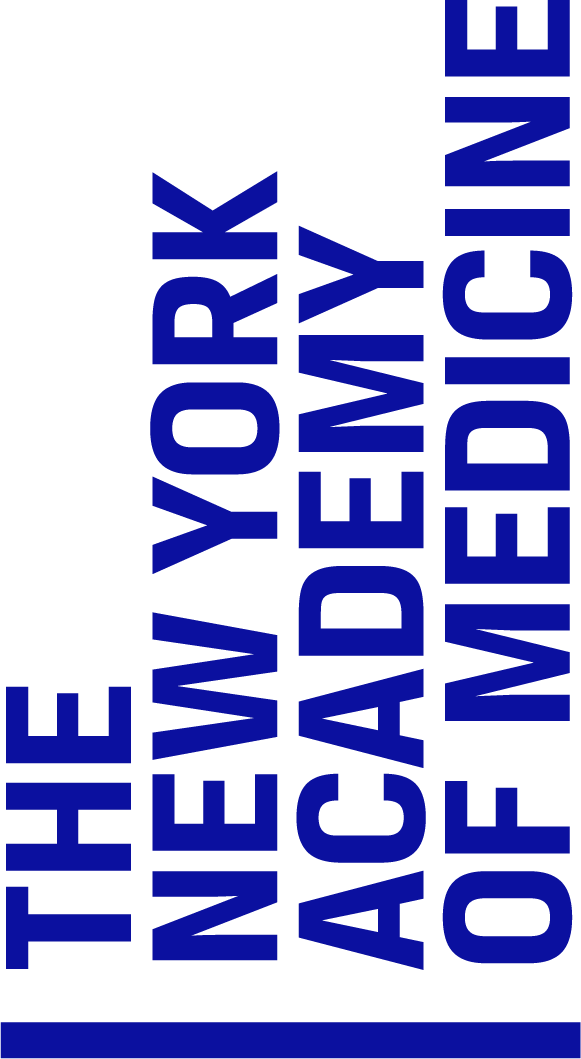This early work by the Scottish anatomist Charles Bell was composed for medical students and aimed to offer accurately and simply-rendered illustrations of the arteries, to “present to the student at one glance the general distribution of the vessels and to fix them in his memory.” It was used by students as a preparatory text for surgical study and practice. Engravings of the Arteries was the second volume of two: Charles’ brother, John Bell, an accomplished surgeon, had written the first volume of this companion set, explaining the anatomy of the bones, muscles, and joints (1794).
The ten beautifully-rendered engravings in this volume were delicately hand-colored, and labelled with letters corresponding to explanatory descriptions of the arteries on the opposite page. Bell was an accomplished medical illustrator; the engravings were done by Thomas Medland after Bell’s drawings. In the preface to the English third edition of this book, published in 1811, Bell suggests that the engravings in earlier editions were not always executed as he liked. The 1811 third edition adds additional plates, and directions for controlling bleeding by cutting the arteries.
In the preface to this work, Bell is explicit in his instructions on how the book was to be used: “In studying the arteries, or any part of Anatomy, we should, in the first place, run the eye over the corresponding plate, then read the general description in the text; and lastly, proceed to study more closely, step by step.” For Bell, true anatomical understanding was aided in pairing accurate drawing with thorough description.
Bell believed that a variety of bodies should be used as subjects, and that the artist must choose the most typical anatomical examples to copy accurately. Any deviation from usual forms would be preserved in the illustration, but noted and explained in the description. Initially Bell trained as an artist, and his skill in this respect is a landmark of his considerable body of anatomical work. Bell’s medical training came first from his older brother John, an eminent surgeon who taught anatomy, and then at Edinburgh University and the Royal College of Surgeons, beginning in 1799. The Bell brothers were banned from practicing medicine in Edinburgh in 1804 by the faculty at the Royal College of Surgeons, jealous of the success of their anatomy classes (by this time Charles had joined him). They moved to London that year and established a new anatomy school, as well as a thriving surgical practice.
Bell made important inroads in determining the sensory functions of the nervous system. Bell’s palsy, or facial paralysis caused by nerve dysfunction, is named after him. He was an early advocate of the idea that different parts of the brain controlled different functions; his pioneering work on the brain and cranial nerves influenced the work of other important brain researchers for decades. In 1806, Bell wrote an important book, Essays on the Anatomy of Expression in Painting, combining his interest in art and medicine in a book rich in information for both artists and medical practitioners. Chief among his achievements are his very fine medical illustrations, unsurpassed in terms of efficiency of presentation and elegance. These are very much on display in this beautiful book.
In 1898, New York Hospital donated 23,000 volumes to the Academy. This volume was previously owned by the Hospital, and was likely among those donated that year.
Bell, Charles. Engravings of the Arteries... London, 1801.
Photography by Ardon Bar-Hama courtesy of George Blumenthal.
